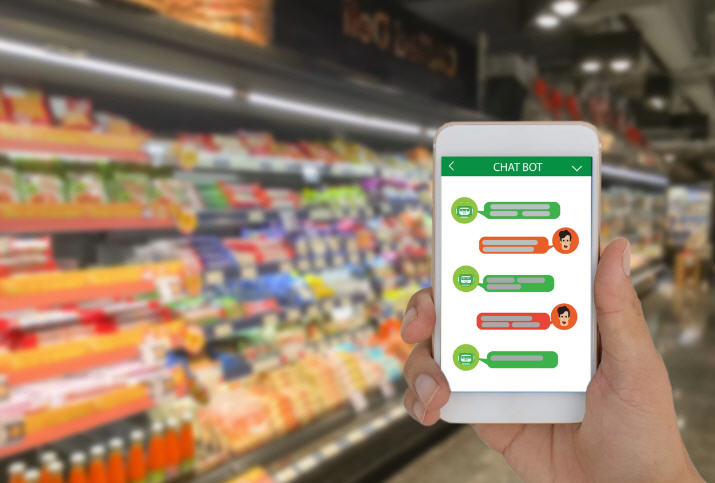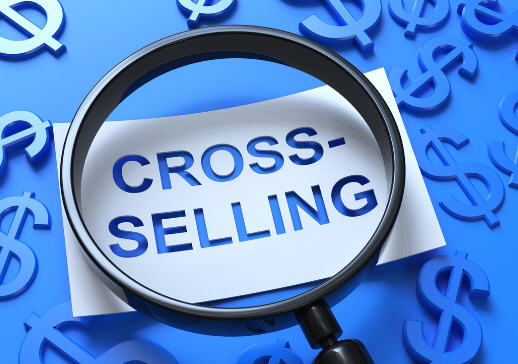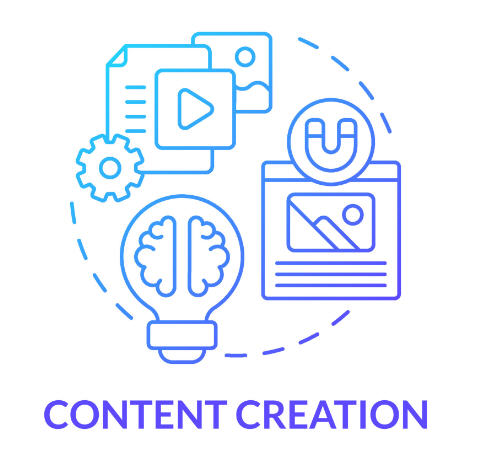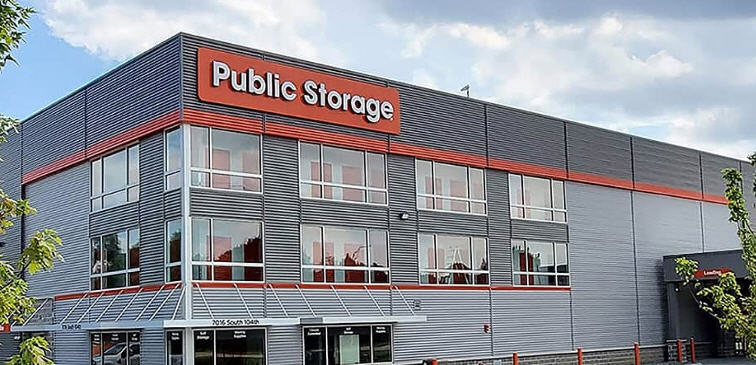
Generative AI has the potential to revolutionize the retail industry by powering chatbots with enhanced capabilities to engage customers, personalize experiences, and streamline operations. Here are some key ways generative AI can be leveraged in retail chatbots:
Enhanced Customer Service:
Enhanced Customer Service:
Natural Language Understanding: Generative AI-powered chatbots can understand complex customer queries and respond in a natural, conversational manner. This improves the customer experience by making interactions feel more human-like and less robotic.
Contextual Awareness:
Chatbots can maintain context throughout a conversation, remembering previous interactions and using that information to provide more relevant responses.
24/7 Support:
Chatbots can offer round-the-clock support, answering questions, resolving issues, and guiding customers through their shopping journey at any time.

Personalized Recommendations:
Product Discovery: By analyzing customer preferences and browsing history, generative AI chatbots can suggest products tailored to individual tastes and needs.
Outfit Suggestions: Chatbots can act as virtual stylists, suggesting outfits based on customer preferences, body type, and occasion.
Cross-selling and Upselling: Chatbots can recommend complementary or upgraded products based on items already in the customer’s cart or browsing history.

Content Generation:
Product Descriptions: Generative AI can create compelling and informative product descriptions that highlight key features and benefits.
Marketing Copy: Chatbots can generate catchy slogans, taglines, and social media posts to promote products and engage customers.
Personalized Emails: Chatbots can craft personalized emails for customers, such as abandoned cart reminders or recommendations based on past purchases.

Virtual Shopping Assistants:
Product Descriptions: Guided Shopping: Chatbots can act as virtual shopping assistants, guiding customers through the entire shopping process, from product discovery to checkout.
Real-time Inventory Updates: Chatbots can provide real-time information on product availability, helping customers make informed purchasing decisions.
Virtual Try-On: Generative AI can be used to create virtual try-on experiences, allowing customers to see how clothes or accessories would look on them without physically trying them on.

Data Analysis and Insights:
Customer Feedback Analysis: Chatbots can analyze customer feedback and reviews to identify trends and areas for improvement.
Sales Data Analysis: Chatbots can analyze sales data to identify popular products, understand customer behavior, and optimize marketing strategies.
Example:
Imagine a customer interacting with a retail chatbot powered by generative AI. The chatbot can understand the customer’s query about finding a dress for a wedding, suggest suitable options based on their preferences and budget, and even generate outfit ideas by suggesting matching accessories. The chatbot can also answer questions about product details, availability, and shipping, providing a seamless and personalized shopping experience.
Overall, generative AI has the potential to transform retail chatbots into intelligent, conversational agents that can enhance customer engagement, drive sales, and provide valuable insights for businesses. However, it’s important to ensure that these chatbots are transparent, ethical, and prioritize customer privacy.
ONE OF MANY EXAMPLES WHERE THE RETAIL INDUSTRY CAN BENEFIT FROM CHATBOT WITH GENERATIVE AI.









